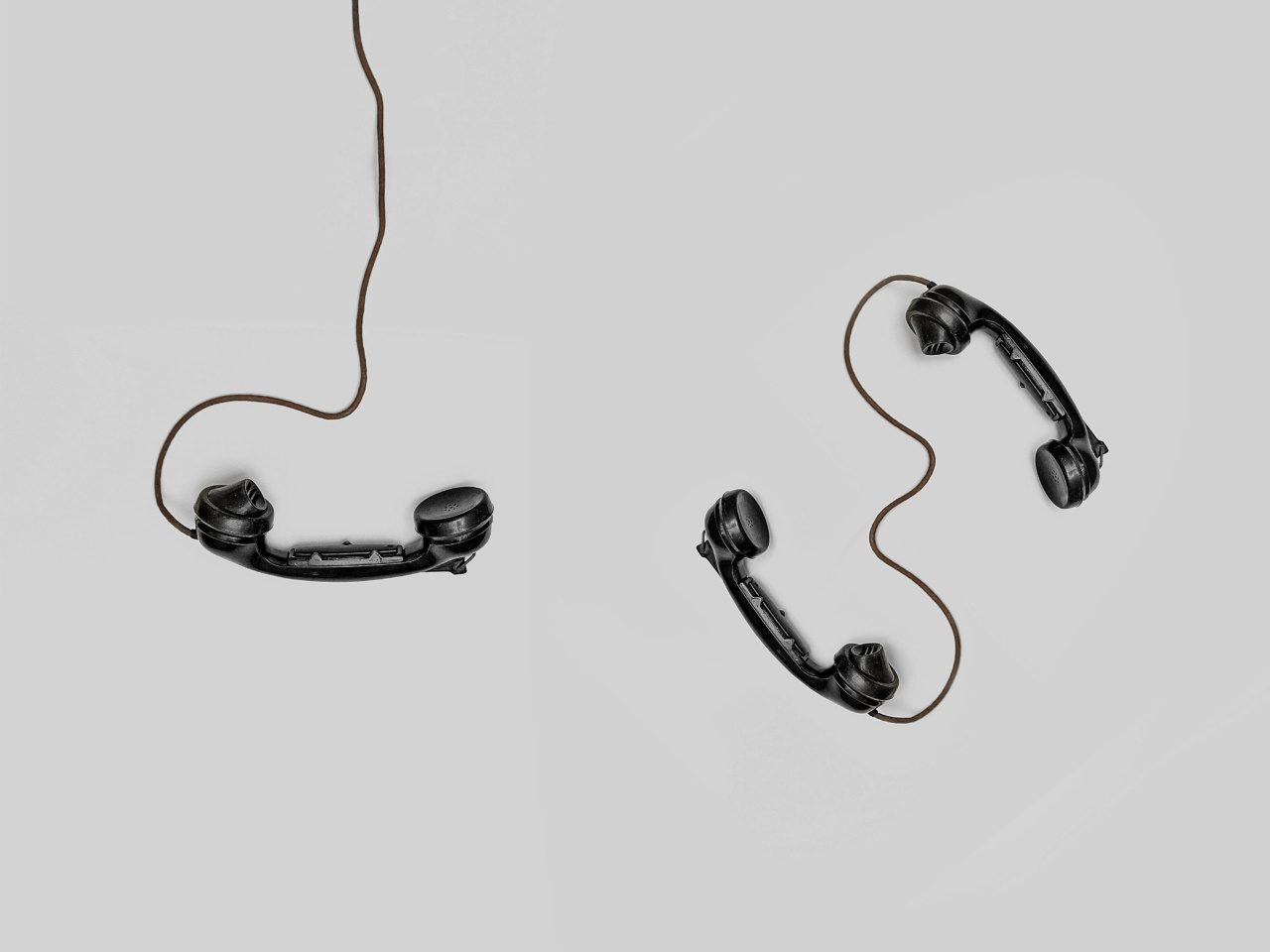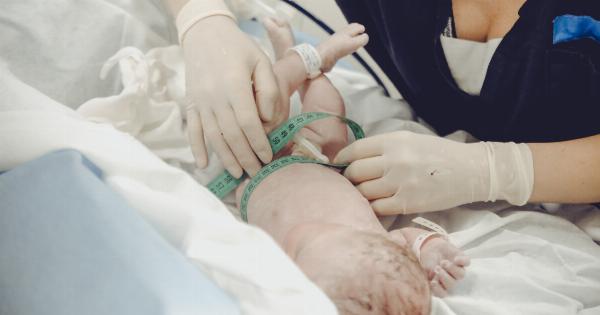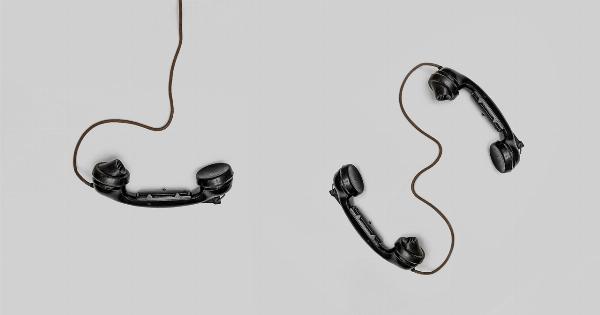The umbilical cord is a crucial component of a healthy pregnancy, as it serves as the baby’s lifeline while it develops in the womb.
Typically, once the baby is born, the medical team will clamp and cut the umbilical cord, separating the baby from its mother. The timing of this process is a crucial consideration, as recent research has shown that the optimal timing for umbilical cord clamping may differ from what was previously thought.
In this article, we will explore the research regarding the optimal timing for umbilical cord clamping, including the potential benefits and drawbacks of various approaches.
Immediate cord clamping
Historically, doctors typically clamped the umbilical cord immediately after the baby was born, before the placenta was delivered. This was thought to reduce the risk of postpartum hemorrhage, or excessive bleeding after delivery, in the mother.
However, recent studies have found that this approach may not be optimal for the baby’s health.
One study found that immediate cord clamping can result in a decrease in the baby’s blood volume, as up to 40% of the baby’s blood can still be contained in the placenta at the time of delivery.
This can increase the risk of anemia, a condition characterized by a lower-than-average number of red blood cells. Children born with anemia may experience developmental delays, cognitive impairment, and behavioral problems, among other issues.
Additionally, immediate cord clamping has been shown to increase the likelihood of respiratory distress syndrome, a condition that occurs when the baby’s lungs are not yet fully developed.
This is because, without a steady supply of oxygen-rich blood from the placenta, the baby’s body may struggle to properly oxygenate its tissues.
Delayed cord clamping
In recent years, many physicians have shifted to a delayed cord-clamping approach, in which they wait to clamp the cord until the placenta has been delivered.
This allows the baby to continue receiving oxygen- and nutrient-rich blood from the placenta, which can help prevent anemia and improve lung function.
Studies have shown that delayed cord clamping can have a range of benefits for newborns, including increased blood volume, improved iron stores, and a lower risk of bleeding into the brain.
Additionally, delaying cord clamping can increase the likelihood of successful transition to breathing and a stable blood pressure.
One potential drawback of delayed cord clamping is an increased risk of jaundice, a condition characterized by yellowing of the skin and eyes due to an excess of bilirubin in the bloodstream.
However, most studies have found that the risk of jaundice is typically mild and resolves on its own without intervention.
Optimal timing
While delayed cord clamping has been shown to have numerous benefits for newborns, the optimal timing for cord clamping may depend on individual factors such as the baby’s gestational age and health status, as well as the mother’s risk for postpartum hemorrhage.
In healthy, full-term infants, the World Health Organization (WHO) recommends a delay in cord clamping for at least one minute, or until the cord stops pulsating, whichever comes first.
For premature or medically fragile infants, however, optimal timing may vary depending on their individual needs and health status.
Conclusion
The optimal timing for umbilical cord clamping is a complex topic that requires careful consideration of individual factors such as the baby’s gestational age, health status, and the mother’s risk of postpartum hemorrhage.
While immediate cord clamping has traditionally been the norm, recent research has revealed the potential drawbacks of this approach, including increased risks of anemia and respiratory distress syndrome. Delayed cord clamping, on the other hand, has been shown to have numerous benefits for newborns, including increased blood volume, improved iron stores, and a lower risk of bleeding into the brain.
Ultimately, the timing of cord clamping should be discussed with a medical provider and tailored to the individual needs of the mother and baby.





























